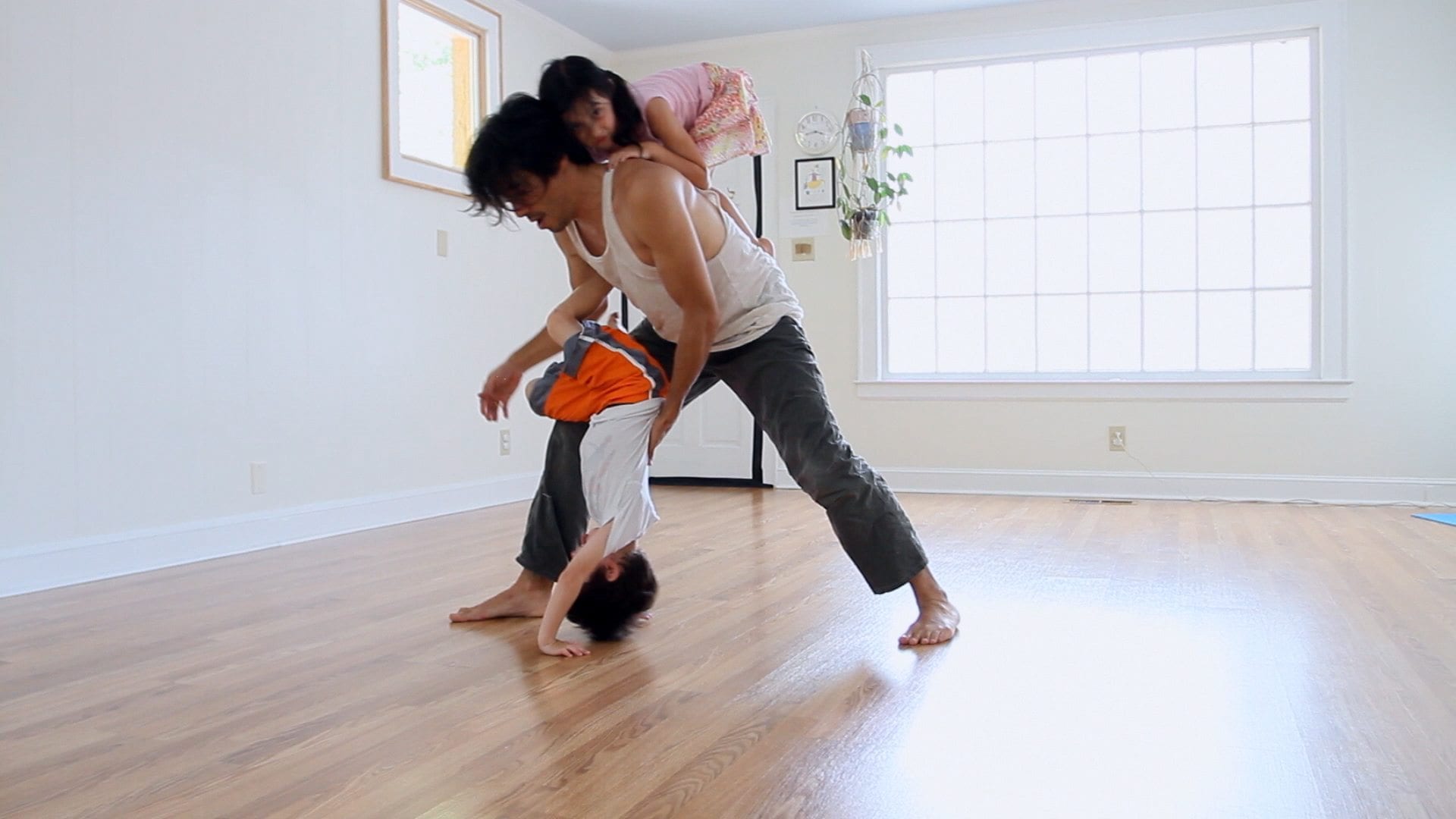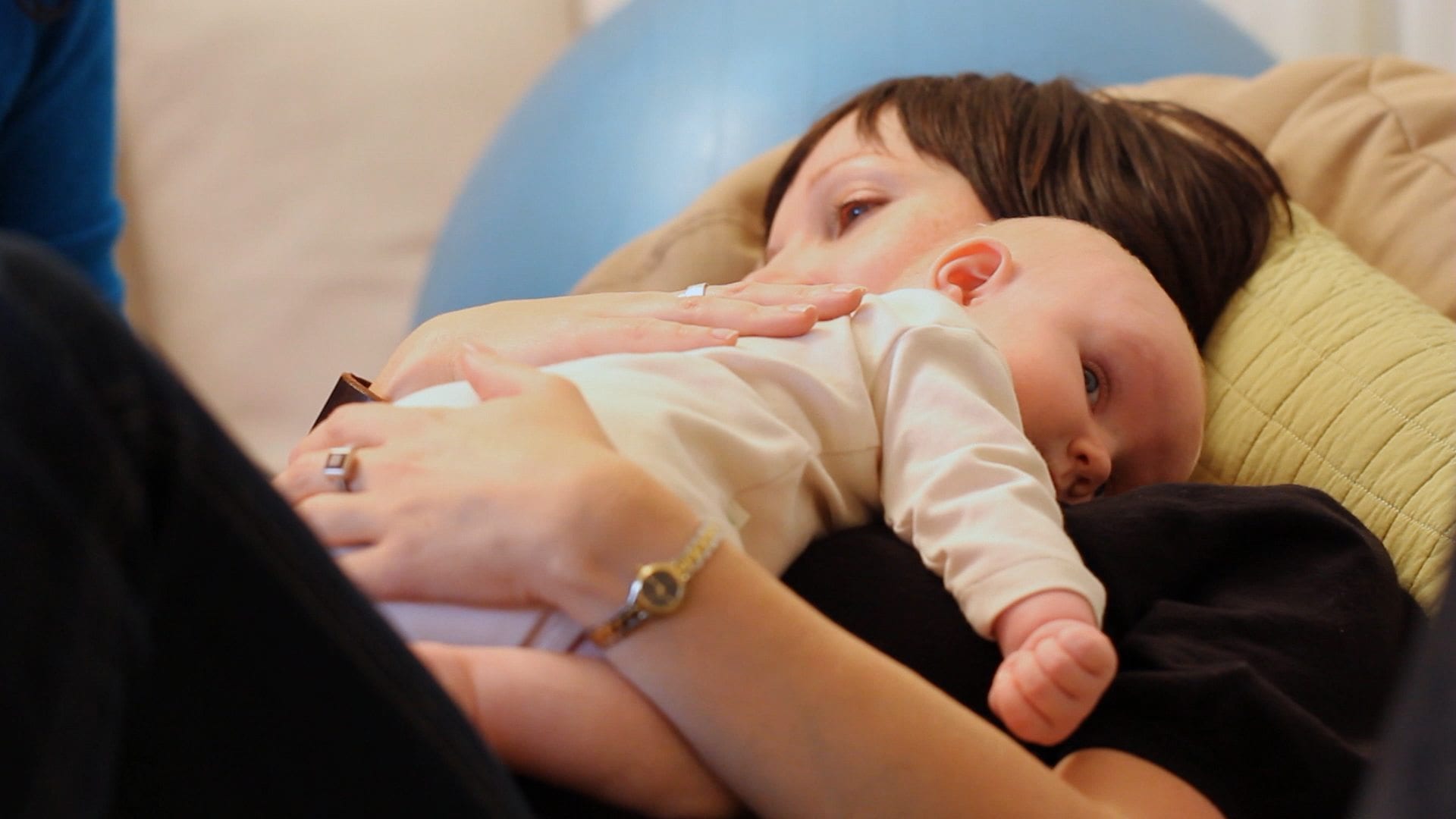Here is a summary of The Moving Child upcoming EBook. Gain a fresh and in-depth overview of what’s to come, chapter by chapter.
The Moving Child upcoming EBook will be a fresh and in-depth understanding of how to support healthy movement development in children. It will take you on a journey from the womb through age 7. You can browse best practices or read more in depth about particular topics, and enjoy more of the expertise of film subjects.
EBook Chapter 1: Moving in the Womb
We begin in utero, with the understanding that how supported a mother may feel, and whether she is able to utilize movement as a tool to de-stress, can greatly impact the little one growing inside. What kinds of movement are helpful during pregnancy? What else impacts healthy neuromotor development in utero?
Learn and understand HOW:
- Reducing stress can positively impact the development of a fetus’s body.
- A pregnant woman’s movement practice can support the physical development and movement potential of her baby.
- Mothers can begin to connect with the fetus in the womb using sound, attunement and movement responses, to support bonding both ways.
- Women can learn to move and dance in ways that support birthing.

EBook Chapter 2: Birthing and Movement Development
Engaging movement practices in preparation for birth, and how the process of birth unfolds can significantly impact sensorimotor development. With the right supports, all birth “imprints” can be “repatterned”. How we support babies to securely bond to parents body-to-body post-birth is crucial.
Learn and understand HOW:
- A baby moves actively during its birth, integrating reflexes useful post-birth.
- Women can be better supported to move, embody and sound to help facilitate a more positive experience of vaginal birth.
- Different types of births can affect the neurological and movement development of children and how these can be re-patterned and healed using touch and movement therapies.

EBook Chapter 3: Bonding Body to Body
The ways in which we make eye contact, touch, hold, carry, move with, breathe with newborns and babies can deeply affect their psychological, physical development and learning ability for life. Learn more about bonding body to body as we explore the ways in which mammals are designed to secure connection.
Learn and understand HOW:
- The Self-Attachment Sequence of movements when facilitated post-birth (also known as the Breast-Crawl) supports optimal development and secure attachment.
- Simple ways to support infant bonding using quality of eye contact, dynamic touch, carrying methods, 3-D breathing and body-based self-care for parents can significantly shape an infant’s wellbeing.
- A parent’s ability to relax and ‘YIELD’ in their nervous system can support their baby’s own neurological development.
- Best practices for your baby such as tummy time (learning WHAT that truly is and is not), removing socks so babies can fully use their toes and feet, being mindful about use of car seats and contraptions for babies, among other practices can significantly impact a child’s long-term health.
EBook Chapter 4: Moving in the First Year
Crucial neural pathways are laid down in our first year by engaging particular developmental movement patterns. What is the relationship between healthy physical development and psychological development? What are the ‘basic neurological actions’ of Yield, Push, Reach, Pull? What motivates a baby to move?

EBook Chapter 5: Movement Repatterning
When is movement therapy or other interventions necessary to support a baby’s movement patterns? Who or What is available as interventions? Pediatric focused movement therapists (of various lineages) work to “re-pattern” movement. Babies can learn to fully engage ALL the developmental movement patterns.

EBook Chapter 6: Tummy Time
What really is Tummy Time? What can impact a baby’s comfort or ease of movement while on their tummy? How do we set up for success? When should Tummy Time begin and how? What do we mean by a balance of flexion and extension (muscles engaging and tone of those muscles) and why is this important?

EBook Chapter 7: Moving with Toddlers
Self-Regulation is learned not only in relationship with parents’ bodies and minds, and their regulation of their feelings, but also through dynamic movement play! Just like many other animals engage in in order to learn to control aggression, be focused, be flexible and adaptable, toddlers are building important skills.

EBook Chapter 8: Moving on Their Own
Stop interrupting the flow! In Western cultures we do so much to “help” babies, while paradoxically we may be unknowingly interrupting their organic movement development and learning. Let’s learn about WHY particular contraptions are not helping to develop the three dimensional movement babies need.

EBook Chapter 9: Moving to Learn
As we learn to move, we move in order to learn! The Moving Child presents ideas for engaging more movement in classroom settings, encourages more outdoor play, and highlights the importance of primitive reflex integration, which is often an issue in the learning ability of children. Why is movement so important in learning? Find out!
EBook Chapter 10: Moving Dynamically
Physical Intelligence is the foundation for all cognitive, emotional and social intelligences we might measure in children. All learning depends on underlying low and mid-brain level integration, particularly engaged by moving dynamically. What do we mean by dynamic movement, and what does Janet Kaylo mean when she says kids will be more able to sit still if given a larger range of movement to explore?

EBook Chapter 11: Moving for Life
Our main thesis is that how a child is supported to move from the get-go directly affects how our society develops as a whole. Our connection to our moving bodies shapes our humanity. Dance and Movement’s role in culture is explored, with ideas for engaging more expressive movement in your daily life. We connect the dots from all EBooks chapters and themes and leave you feeling more knowledgeable!

EBook Chapter 12: Moving Our Feelings
Body awareness and movement expression are at the heart of Emotional Intelligence. What is EQ? What tools can be drawn from the field of Dance/Movement Therapy to support our understanding of how kids can better develop EQ? What practices can families engage in order to support emotional connection?

Did you find this article interesting?
Please support The Moving Child by sharing it on social media or forward it to your community.
Learn more about The Moving Child Films here or Buy Your Copy Now.
Rent, Stream or Buy The Moving Child Films Now



